
Chinese Premier Li Keqiang said Tuesday that macroeconomic policies should be more scientific, forward-looking and targeted to promote continuous and healthy growth in the long run.

J.P. Morgan has revised down its estimate on China's 2013 year-on-year economic growth rate from 7.6 percent to 7.4 percent, lower than the government's official target of 7.5 percent.

The International Energy Agency ( IEA) and others have found that Australia has a very poor record on investing in energy efficiency and trails competitors in rates of improvement, according to a new research released on Monday.

More Australian Indigenous children and students from low-income families are getting the opportunity to go to university than ever before, Minister for Higher Education Kim Carr confirmed Monday.
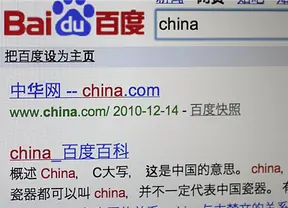
The unemployment rate in Australia climbed 0.1 point from 5.6 percent to 5.7 percent in June, the highest level since September 2009, the national news agency Australian Associated Press (AAP) reported on Thursday.
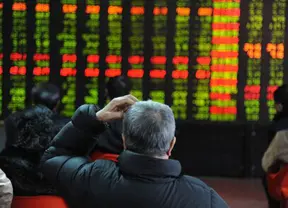
U.S. stocks soared on Thursday, lifting the Dow Jones Industrial Average and the S&P 500 to their all-time closing highs, boosted by Federal Reserve Chairman Ben Bernanke's dovish speech on Wednesday.
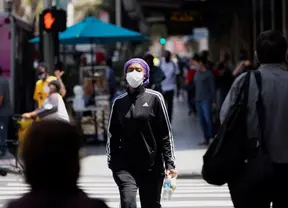
China's exports and imports took surprising tumbles in June, putting pressure on growth of the world's second-largest economy.

U.S. stocks ended mixed on Wednesday with the S&P 500 and Nasdaq notching a five-day winning streak,as minutes of the Federal Reserve's June policy meeting showed that further improvement in the labor market would be needed before Fed's tapering of its bond buying.
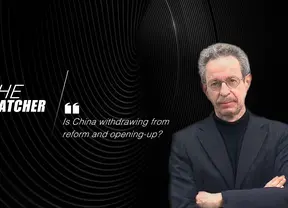
The International Monetary Fund cut its 2013 growth forecast for the world economy Tuesday to 3.1 percent, due to a slowdown in several key emerging market economies.

The majority of Asia Pacific-based chief financial officers expect growth in revenues and profits at their corporations in 2013, according to the Bank of America Merrill Lynch 2013 CFO Outlook Asia report issued on Monday.

China's economic growth is expected to further slide from a 13-year low as credit tightening and overcapacity continue to weigh on the world's second largest economy.

Despite domestic fiscal headwinds and moderate economic growth in the first half of the year, the U.S. economy has proved surprisingly resilient, paving the way for the Federal Reserve to start tightening its monetary stance later this year.

Visitors from China are keeping New Zealand's tourism industry afloat, but the industry's contribution to the country's economy stagnates, according to a University of Canterbury study.
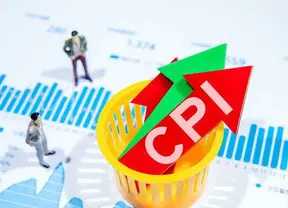
Market focus has turned to the downside risks facing China's growth in the short term after hopes of a steady recovery in the world's second largest economy proved to be in vain.
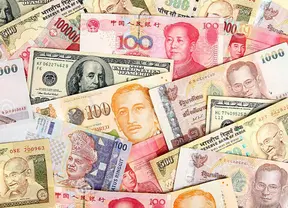
As West Texas Intermediate crude surpassed 100 dollars a barrel on the New York Mercantile Exchange Wednesday amid concerns that turmoil in Egypt would disrupt shipments from the Middle East, market observers believe U. S. oil price would keep climbing over uncertainties in oil production countries in the Middle East as well as stronger U.S. economic data.

The purchasing managers' index (PMI) for China's non-manufacturing sector stood at 53.9 percent in June, down from 54.3 percent in May, according to official data released on Wednesday.

The total retail sales value in May, provisionally estimated at 40.6 billion HK dollars, rose 12.8 percent over a year earlier, Hong Kong Census and Statistics Department said Tuesday.